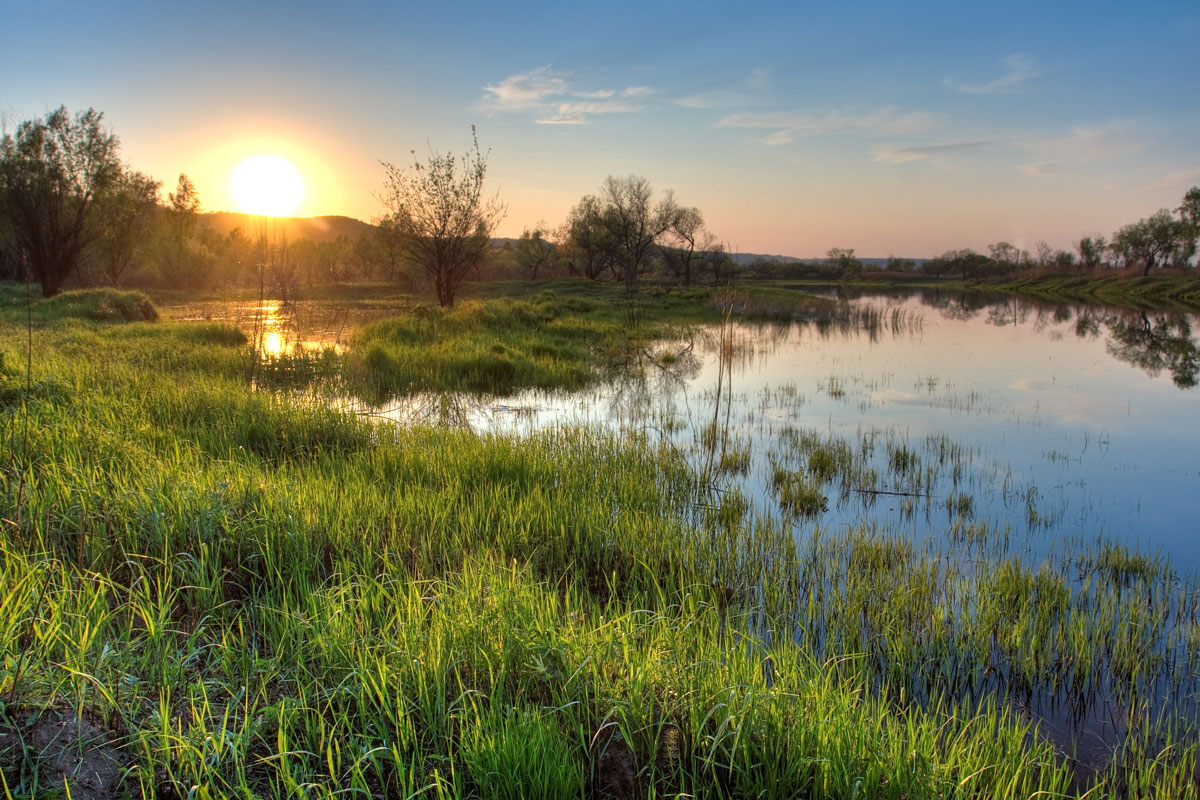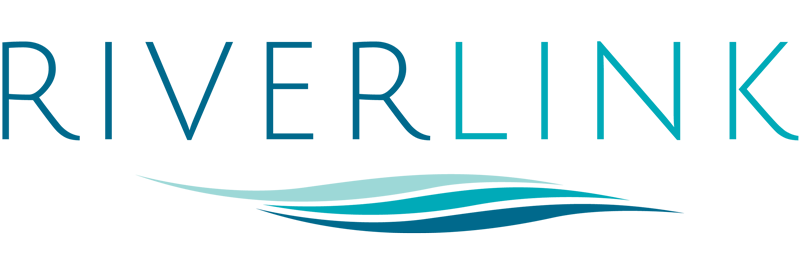Conserving Land and Water
Protecting Land Can Also Mean Protecting Water Quality

As an accredited land trust through Land Trust Alliance, our work involves protecting land areas that are close to waterways, as well as lands in suburban and urban areas that are at high risk of impact from development. We work with landowners to provide conservation services that enable them to voluntarily protect the land along streams and rivers. Conserved properties are often utilized as gardens, farmland, trail systems and nature areas.
Healthy streams and rivers are negatively impacted by stormwater runoff, erosion, chemical pollution and litter. When the lands near waterways are protected and maintained with trees and native plants it provides a permanent buffer, or barrier, that is an important component in protecting the health of our waterways.
Conserving natural land also helps us minimize the negative impacts of climate change. Trees and green spaces reduce the urban heat island effect. Permeable surfaces allow more water to be filtered and infiltrated into soil, replenishing groundwater stores that can reduce the impact of drought while also reducing runoff that can contribute to flooding. Restoring and protecting these riparian buffer zones protect our riverine and human communities at the same time.
Our Conservation Focus
RiverLink’s conservation focus is on the land adjacent to rivers and streams. The soil and vegetation in these buffer lands are key to filtering harmful runoff from urban and suburban developments. We seek landowners willing to voluntarily protect these areas so that future generations will enjoy abundant, clean water and recreation opportunities. Our land conservation approach is unique because we do not have an acreage size limit. To us, the location of the land near water is more important than the size of the parcel being protected or donated. Protect your land today and make an investment in clean water for generations to come!
